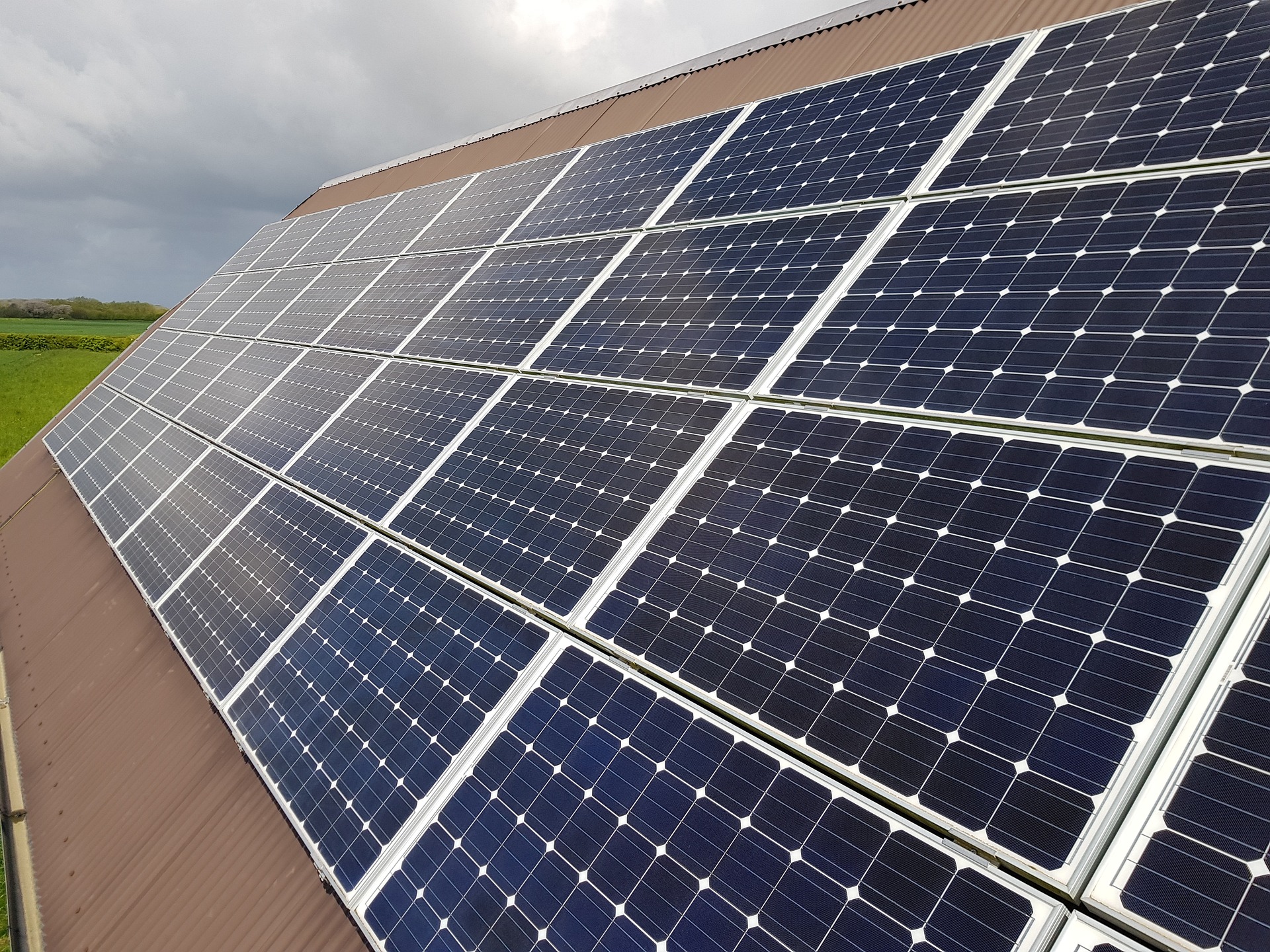Use of Solar Power Systems in Residential and Commercial Buildings in the UK
Solar energy technologies are increasingly being adopted across the UK in both domestic and commercial environments. The use of photovoltaic (PV) systems provides a way to generate electricity on-site using sunlight, with applications ranging from individual homes to larger business properties. This article outlines general information about different system types and their use in the built environment.

What are the main types of solar power systems used in the UK?
Solar power systems in the UK primarily fall into two categories: photovoltaic (PV) systems and solar thermal systems. PV systems convert sunlight directly into electricity using solar panels, while solar thermal systems use the sun’s energy to heat water for domestic or commercial use. For electricity generation, which is the focus of this article, PV systems are the most common choice in both residential and commercial settings.
PV systems typically consist of solar panels, inverters, and sometimes battery storage. The panels are usually mounted on rooftops or ground-mounted for larger installations. These systems can be grid-connected, allowing excess electricity to be fed back into the national grid, or off-grid for remote locations.
How are solar panels installed in residential buildings?
Residential installations of solar panels in the UK are typically roof-mounted systems. The process begins with a site assessment to determine the roof’s suitability, considering factors such as orientation, pitch, and shading. Most residential systems range from 1 kW to 4 kW in size, depending on the available roof space and the household’s energy needs.
The installation involves mounting brackets to the roof structure, securing the solar panels, and connecting them to an inverter. The inverter converts the direct current (DC) produced by the panels into alternating current (AC) for use in the home. A generation meter is also installed to monitor the system’s output, which is crucial for claiming any available government incentives.
What are the benefits of solar power for UK homeowners?
For UK homeowners, installing solar panels offers several advantages. Firstly, it can significantly reduce electricity bills by generating free power during daylight hours. Any excess electricity can be exported to the grid, potentially earning additional income through the Smart Export Guarantee (SEG) scheme.
Solar PV systems also increase a property’s energy independence and can enhance its value. They have minimal maintenance requirements and typically come with long warranties, often 25 years or more for the panels themselves. Additionally, using solar power reduces a household’s carbon footprint, contributing to the UK’s overall efforts to combat climate change.
How are solar systems applied in commercial buildings?
Commercial system applications of solar power in the UK are more diverse and often larger in scale than residential installations. These can range from rooftop installations on office buildings to large ground-mounted arrays for industrial sites or solar farms. Commercial buildings often have extensive roof space or unused land, making them ideal for substantial solar installations.
In commercial settings, solar PV systems can be integrated with building management systems to optimize energy use. Some businesses opt for carport solar installations, which serve the dual purpose of generating power and providing covered parking. For larger commercial properties, solar systems may be combined with other renewable technologies and energy storage solutions to create a comprehensive energy management strategy.
What unique considerations exist for solar panels in commercial buildings?
Solar panels in commercial buildings present unique opportunities and challenges. The scale of commercial installations often allows for more significant cost savings and return on investment due to economies of scale. However, the complexity of commercial energy systems and regulations can make the planning and implementation process more intricate.
Commercial buildings must consider structural load-bearing capacities, especially for extensive rooftop installations. Energy demand profiles in commercial settings are often different from residential ones, with peak usage during daylight hours aligning well with solar generation. This alignment can lead to higher self-consumption rates and potentially greater financial benefits.
Additionally, commercial solar installations may require more sophisticated monitoring and maintenance systems to ensure optimal performance across larger arrays. Many businesses also use their solar installations as part of their corporate social responsibility initiatives, showcasing their commitment to sustainability.
How do costs and ROI compare for residential and commercial solar systems?
The costs and return on investment (ROI) for solar systems vary significantly between residential and commercial installations in the UK. Generally, commercial systems benefit from economies of scale, resulting in lower per-watt installation costs compared to residential systems. However, the initial investment for commercial systems is typically much larger due to their size.
| Installation Type | Typical System Size | Estimated Cost Range | Estimated ROI Period |
|---|---|---|---|
| Residential | 3-4 kW | £4,000 - £6,000 | 10-15 years |
| Small Commercial | 10-50 kW | £15,000 - £50,000 | 7-12 years |
| Large Commercial | 100+ kW | £100,000+ | 5-10 years |
Prices, rates, or cost estimates mentioned in this article are based on the latest available information but may change over time. Independent research is advised before making financial decisions.
The ROI period for commercial installations is often shorter due to higher energy consumption and the ability to use most of the generated electricity on-site. Residential systems, while having a longer payback period, still offer substantial long-term savings and environmental benefits. Both types of installations can take advantage of various financial incentives, although these have changed over time and may continue to evolve.
In conclusion, solar power systems have become an integral part of the UK’s strategy for reducing carbon emissions and increasing renewable energy generation. Both residential and commercial buildings are benefiting from this technology, with each sector presenting unique opportunities and challenges. As solar technology continues to advance and costs decrease, the adoption of solar power systems in the UK built environment is likely to accelerate, contributing to a more sustainable future.




